table of contents:
Often confused by novice sewers, the difference between a sewing machine and an overlocker lies in their distinct functions within the textile industry. A sewing machine is essential for joining and creating decorative stitches, while an overlocker excels at finishing edges and joining stretch fabrics with strong, clean seams. Understanding their specific functions is essential for optimizing your sewing projects, improving the quality of your finishes, and choosing the most suitable tool for each task.
Sewing Machine vs. Serger: Understanding the Main Differences
A sewing machine joins pieces of fabric together, while a serger cuts, joins, and overcasts in a single action. The result is different: the former produces a flat seam , while the latter leaves a rolled hem edge . Understanding the difference between a sewing machine and an overlocker allows you to choose the equipment best suited to your sewing needs, depending on whether you prioritize precision or finish.
However, the overlocker doesn't replace the sewing machine for assembly. Its role is to provide professional finishes thanks to its multiple threads. Conversely, the sewing machine allows for more precision in details. The key to optimizing your creations lies in understanding the difference between a sewing machine and an overlocker, as each brings complementary value to a project.
Whether you're looking for a new sewing machine or a high-performance overlocker, Verotex has the model you need. Browse our selection today!
|
Comparison of stitches achievable by a sewing machine and an overlocker |
||
|
Point type |
Sewing machine |
Overlocker |
|
Straight stitch |
Basic assembly, adjustable according to |
Not available on a serger |
|
Zigzag |
Overlocking, elastic sewing, decorative appliqués |
Not available on a serger |
|
Invisible |
Discreet hems |
Replaced by the rolled or narrow edge |
|
Buttonhole |
Creating button openings |
Not available on a serger |
|
Decorative (festoon, embroidery) |
More than 30 possible variants depending on the models |
Limited to functional finishes |
|
Elastic overlock |
Specific stitches for stretch fabrics |
Standard 3/4 thread stitch |
|
Overlock |
Not available on a sewing machine |
Sewing, overlocking and |
|
Flatlock |
Impossible without specific accessories |
Ideal flat seam |
|
Sewing speed |
Up to 1000 stitches/min for electric models |
Up to 7000 rpm |
The types of points achievable with each piece of equipment
Sewing machines offer a variety of stitches: assembly, stretch, and hems . Models like Janome or Juki offer up to 30 different stitches for decorative or technical applications. To fully exploit these possibilities, it is important to understand the difference between a sewing machine and an overlocker, as each device meets specific sewing needs.
To take full advantage of these features, it is essential to ensure proper threading , because a problem with the thread looping on the sewing machine can compromise the quality of the stitches and disrupt the work.
The overlocker, on the other hand, specializes in 3-, 4-, or 5-thread overlock stitches. The overlock stitches, overcasts, and trims in a single pass, the rolled edge creates fine hems on silk or chiffon, and the flatlock creates flat seams for sportswear.
The difference between a sewing machine and an overlocker is also reflected in the finish: while the sewing machine focuses on versatility, the overlocker excels in clean, anti-fray finishes .

Wire system and drive mechanisms
The overlocker uses 3 to 5 simultaneous threads for a strong seam, and the choice of thread influences tension and durability. Threading on an overlocker is more complex than on a standard sewing machine, but it is essential for stretch fabrics . Understanding the difference between a sewing machine and an overlocker allows you to understand these technical specificities and optimize the use of each device.
Unlike traditional machines, the overlocker uses a bobbin-less system. This simplifies sewing. It avoids the frequent inconveniences associated with bobbin problems . It thus reduces the risk of irregular stitches or untimely stops.
To use an overlocker properly, follow these instructions:
- Adjust the differential feed to prevent stretching or puckering of stretch fabrics
- Use the upper and lower knives to trim excess fabric and achieve a clean edge
- Form strong and decorative overlock stitches
- Adjust the thread spools according to the configurations (3, 4 or 5 threads) for strong seams
- Choose specific needles depending on the fabrics (jersey, stretch, denim) for a high-performance overlocker
The overlocker's feed system combines forward/reverse feed dogs with differential speed. It is an efficient system that guarantees precise control on delicate fabrics . The difference between a sewing machine and an overlocker is particularly evident in this mechanism, which prevents puckering on lycra or gathering on silk, a key advantage of the overlocker. Recent innovations from Elna or Juki include automatic mechanisms to simplify adjustment according to the fabric.
Need a sturdy sewing machine or a versatile overlocker ? Knowing the difference between a sewing machine and an overlocker will help you choose the equipment that best suits your sewing projects. Visit Verotex and find the equipment that perfectly suits your needs and budget.

What projects can be carried out with each machine?
The sewing machine relies on its versatility for fabric assembly. It is ideal for beginners wishing to sew simple accessories, basic clothing or interior design items, or even to try embroidery on different fabrics.
However, it's no substitute for a serger when it comes to overlocking edges or working with delicate fabrics. Understanding the difference between a sewing machine and an overlocker helps you better choose the right device for each stage of your sewing projects.
Is an overlocker really essential for your sewing projects? The answer is yes. Here are some reasons why you might need one:
- Essential overlocker projects: assembling jersey or stretch sportswear.
- Fabrics impossible without an overlocker: fine fabrics like silk or elastic materials.
- Finishes impossible otherwise: rolled hem on muslin, flat seam for dancewear.
- Unparalleled time saving: overlock and sew simultaneously without turning the fabric over.
- Professional assembly: strong and aesthetic seams on quality clothing or accessories.
Combining a sewing machine with an overlocker provides the best results. With the sewing machine, you perform the technical assembly , and with the overlocker, you finish the edges. This duo works wonderfully with Juki or Janome models.
Understanding the difference between a sewing machine and an overlocker ensures perfect finishes . This skill saves you valuable time. It's especially useful for complex projects like a jersey dress or sportswear.
Looking to improve your sewing projects? Discover the different models of sewing machines and overlockers available at Verotex.

Choose the right machine for your needs
To choose the right sewing equipment, it's essential to understand the difference between a sewing machine and an overlocker , as each meets specific needs. By considering your skill level, the complexity of the projects you plan to do, and the learning curve, you can determine which machine is best suited to your current skills and future development. Here are the essential criteria for making the right choice
The essential criteria for making the right choice
Prioritize your sewing projects to guide your choice. Use a sewing machine to make accessories or simple garments . Choose an overlocker to sew stretch fabrics or achieve professional finishes .
Learning and Skills: Assess the Learning Curve
You can master a sewing machine in a few hours, but an overlocker requires more patience: it takes 1 to 2 weeks to master threading and tension. YouTube tutorials will get you started, but for perfect mastery, nothing beats online courses .
Understanding the difference between a sewing machine and an overlocker will help you better navigate these learning curves and maximize your results. A sewing machine remains your versatile ally for a variety of projects , while an overlocker transforms your finishing touches into professional prowess. Understand their strengths, assess your fabric and project needs, and take the leap toward a winning combination.

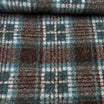
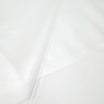

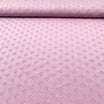
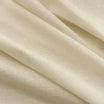
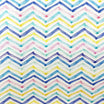
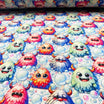

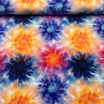
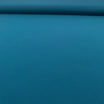

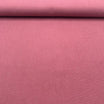
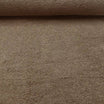

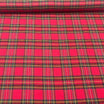

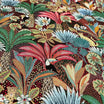
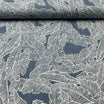
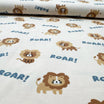
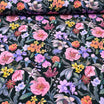
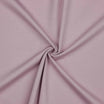
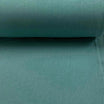
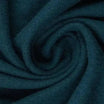
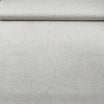

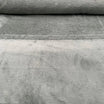
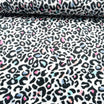
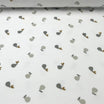
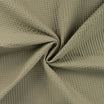
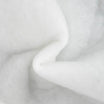

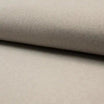
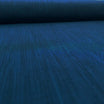

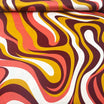

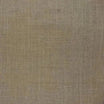
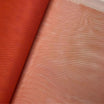
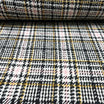
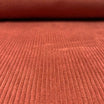
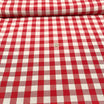

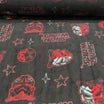



Leave a comment
All comments are moderated before being published.
This site is protected by hCaptcha and the hCaptcha Privacy Policy and Terms of Service apply.